Category: Wearables
-
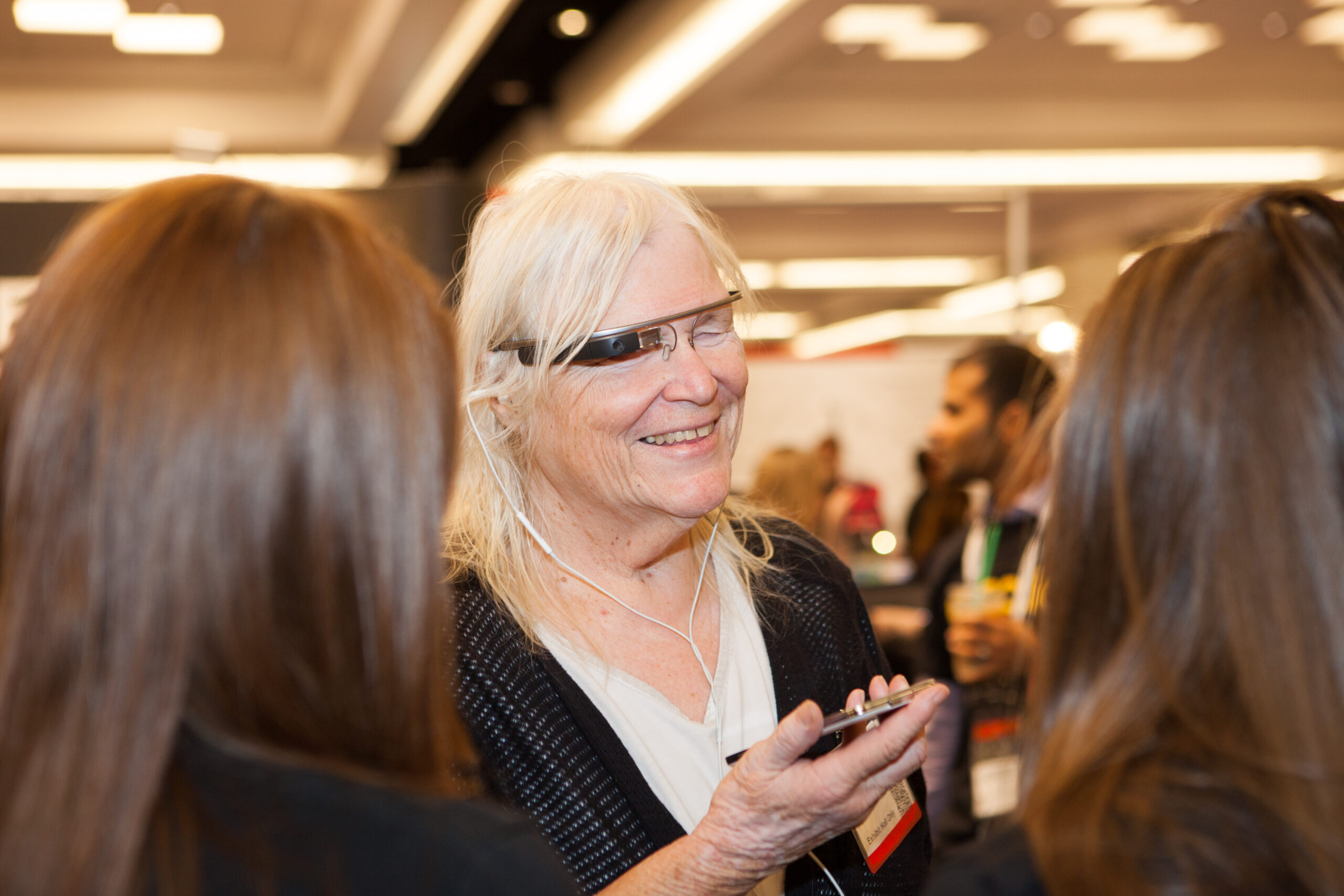
Wearable + navigation service for the visually impaired
Aira.IO combines wearable tech with a remote agent service to guide the visually impaired. Users are connected with agents who interpret the data stream from smart glasses and assist with navigation. The device uses a routing algorithm based on user and agent preferences. The company completed a multi-phase beta trial with 100 blind and low-vision participants in…
-

GPS, voice monitoring wearable for special needs kids
AngelSense is a tracking and voice monitoring wearable designed for children with special needs. Parents can: Receive an automatically generated real-time schedule Listen to a child’s activities Receive notifications of every location change Locate a lost child with a 10 second live location update Automatically download photos of the day’s locations Continuous monitoring and real…
-

Glass app helps autistic kids understand expressions, emotions
Dennis Wall, Catalin Voss, and Nick Haber of Stanford’s Wall Lab are developing Google Glass software to help autistic children recognize and understand facial expressions and emotions. Head motion tracking sensors, a microphone, and an eye tracking infrared camera analyze a wearer’s behavior during social interactions. Real time social cues are provided, and responses, including eye contact details,…
-
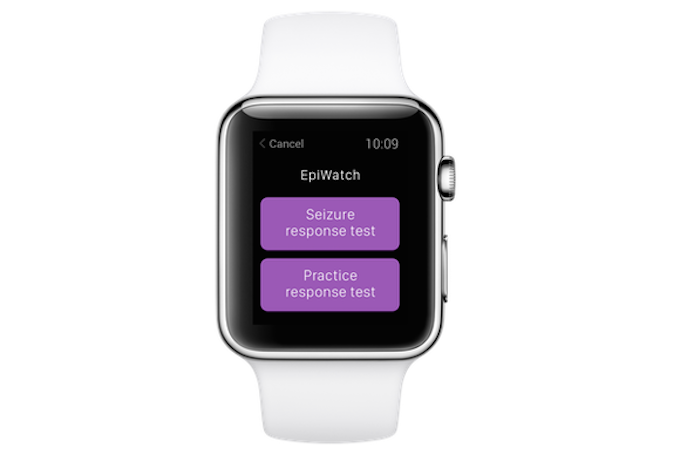
App detects seizure onset with heart rate, accelerometer data
Johns Hopkins professor Gregory Krauss has used ResearchKit to develop an app to detect the onset and duration of epileptic seizures with an Apple Watch. Wearers must touch the watch to capture accelerometer and heart rate sensor data, and notify a caregiver. The EpiWatch app logs seizures and responses, and tracks medication adherence and side…
-

Swallowed sensors interact with smart devices
At a recent conference, Jawbone CEO Hosain Rahman said that his company is researching swallowable and implantable fitness sensors. They would remain in a user’s bloodstream and be capable of monitoring multiple factors. The sensors could interact with smart devices, including adjusting thermostats if one’s body is too warm or cold, or not turning a car on…
-
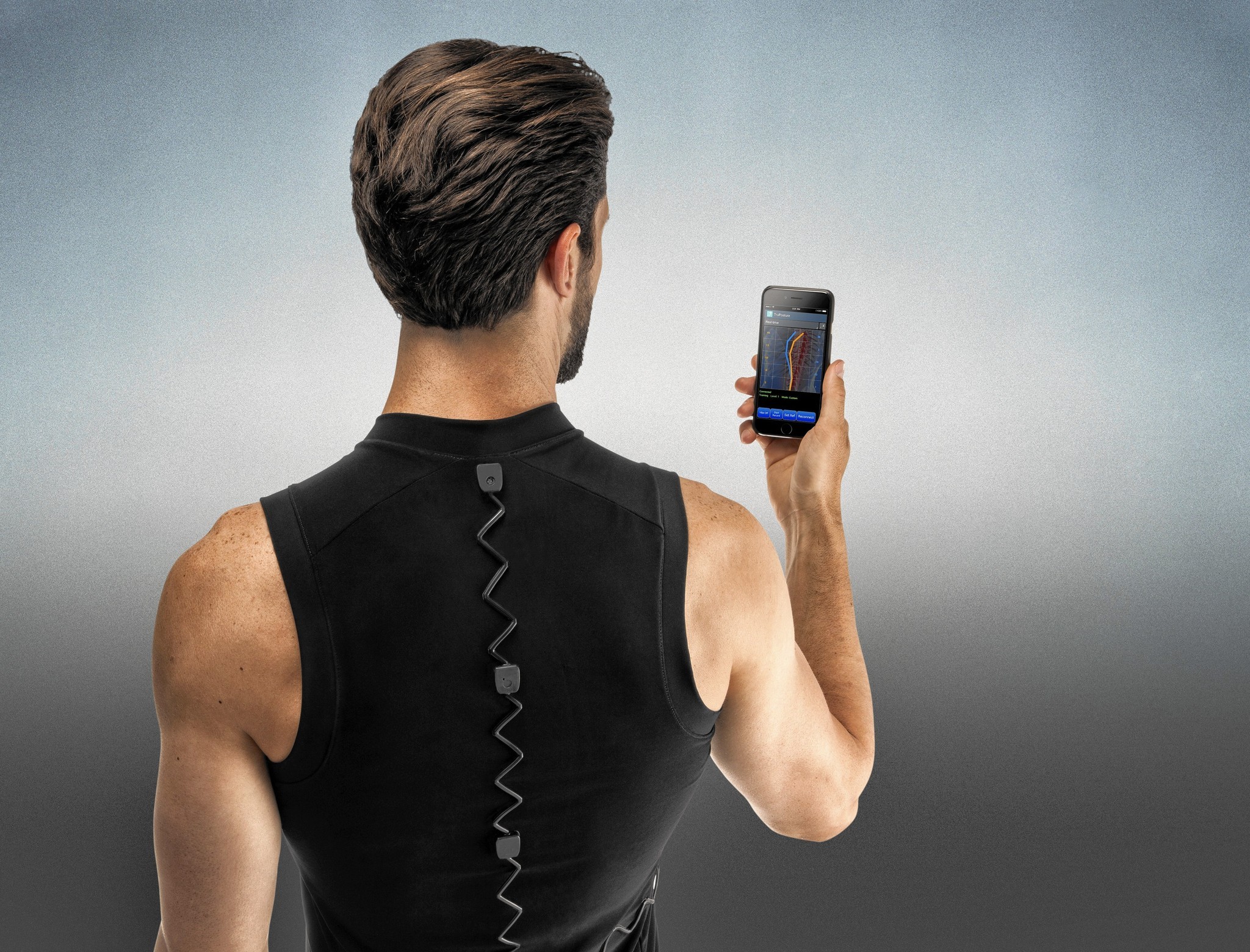
Smart shirt monitors posture, sends correcting alerts
TruPosture is a smart shirt with embedded nanosensors that continuously measure the curvature of one’s spine. It is being crowdfunded on indiegogo. The wearer, and a physical therapist, set a personalized posture goal. When the spine diverges, vibrations are sent as posture reminders. One vibration burst happens when a wearer is leaning too far forward,…
-
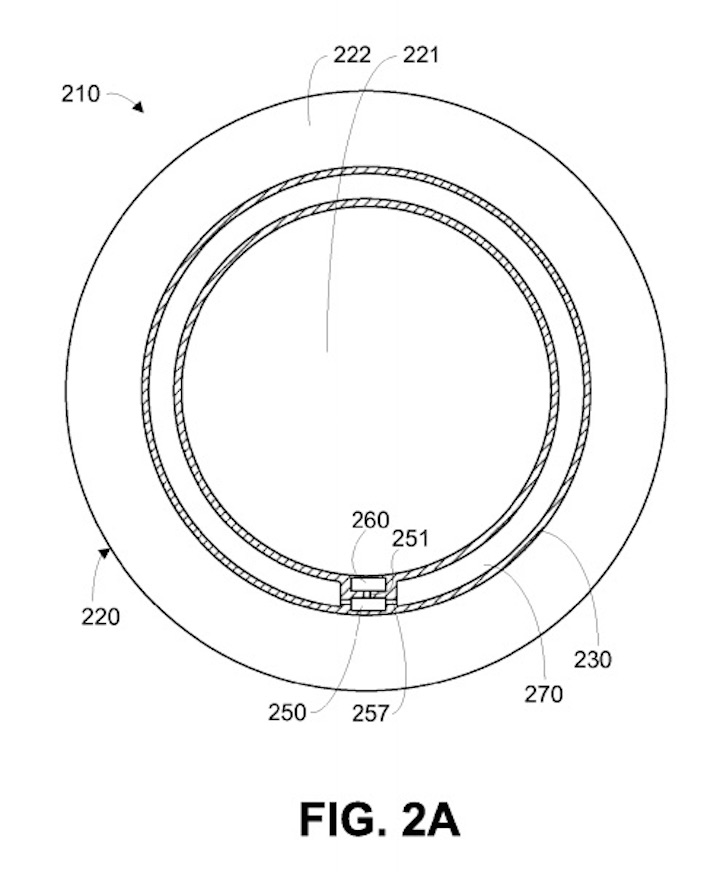
External power supply for Google contact lens
Power efficiency in wearables is key to continuous, accurate monitoring, for both medical and fitness applications. Google has filed a patent application suggesting that an external device will power the sensor of its contact lens, and it could be handheld or embedded into a companion wearable. The application states that “an external reader device or ‘reader’…
-

Mouthguard monitors health markers via saliva
A prototype mouthguard that monitors health markers via saliva is being developed at UCSD. The large device must be streamlined and miniaturized for mass adoption, but the concept of noninvasive monitoring of lactate, cortisol, and uric acid, is excellent. Previously, this was only possible through a blood test. The device can be worn by athletes,…
-

Secure, wireless, magnetic field system for full body monitoring
UCSD’s Patrick Mercier is developing an ultra low power, wireless, magnetic field system to transmit information through the human body. His goal is a more secure wireless sensor network for full-body monitoring. Current bluetooth technology uses high-frequency electromagnetic radiation to transmit data. The signals do not easily pass through the human body, and require additional…
-

Ralph Lauren’s health sensing smart shirt
PoloTech, Ralph Lauren and OMsignal‘s smart shirts, will be available for sale this week. Like the partnership between Intel and Opening Ceremony, this represents the fashion mainstreaming of wearable technology. The shirt has embedded silver fibers to track heart rate, heart variability, breathing depth and recovery, intensity of movement, energy output, stress levels, steps taken,…
-

Sensor pill for 3D colon imaging
Check Cap, developed by Yoav Kimchy, is a colon imaging sensor pill. A patient takes small amounts of a contrast agent with meals. The pill is swallowed, and after reaching the colon, a signal is emitted in every direction, providing 3D imaging. The data is sent to a wireless patch worn by the patient, and his/her doctor receives…
-
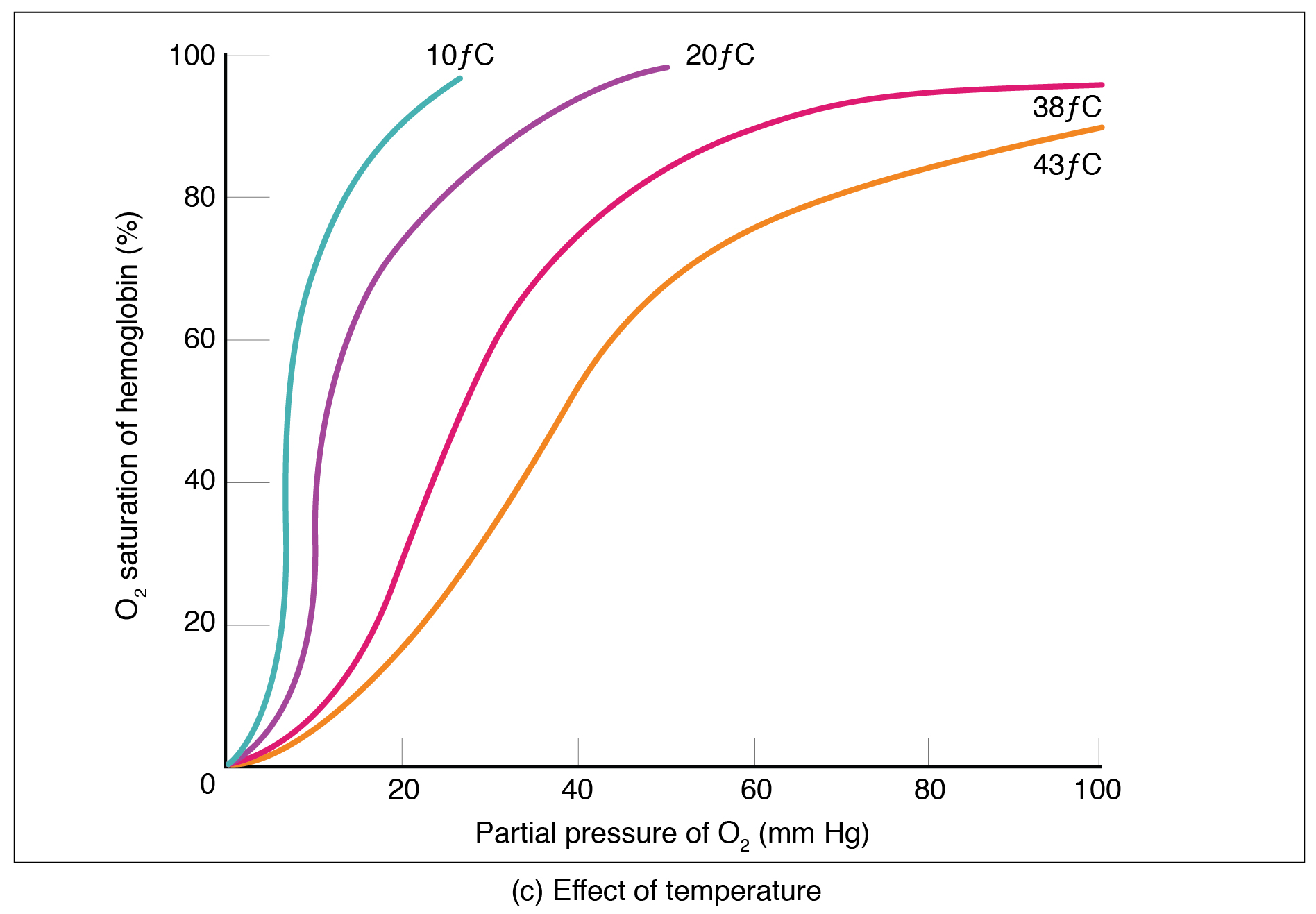
Phone sensors measure oxygen saturation with out pulse oximeter
MoveSense allows oxygen saturation to be monitored by phone sensors with what its developers describe as medical accuracy. A mobile phone must be carried in one’s pocket, and no pulse oximeter is required. The technology was developed by Bruce Schatz at the University of Illinois. In a study, patients wore pulse oximeters (for comparison) and carried phones…